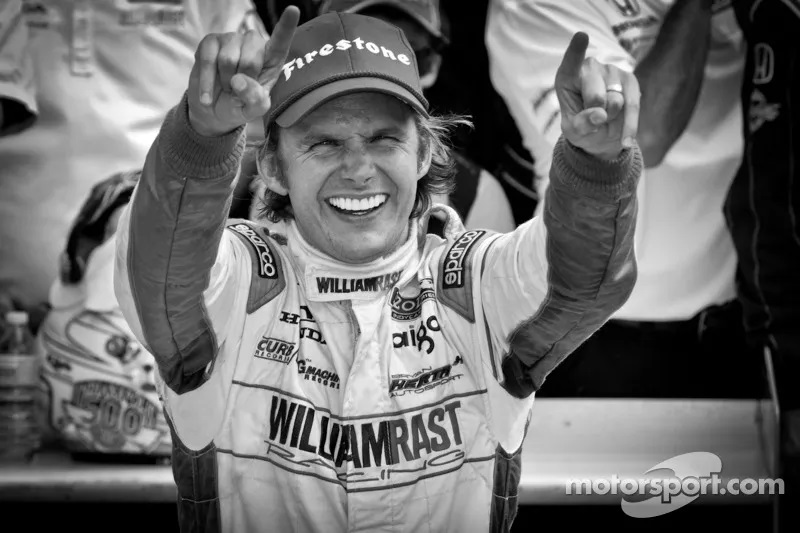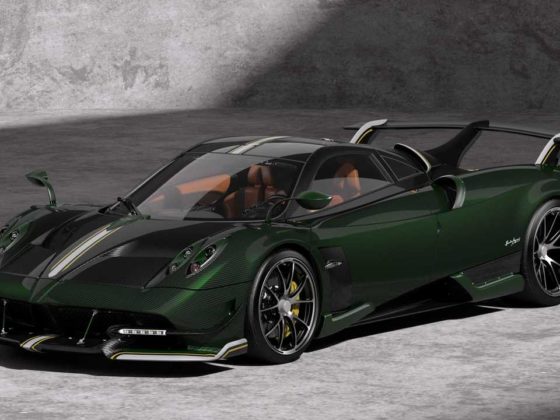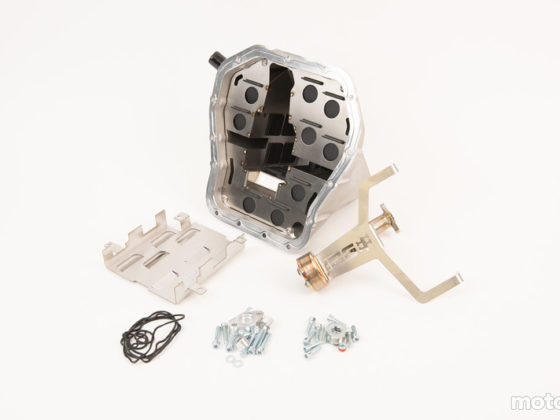
The 2011 Indy 500 was the culmination of a three year long celebration set up by IMS to commemorate the 100th anniversary of the International 500 Mile Sweepstakes Race. The track was originally built in 1909 and ran a few car races between 1909 and 1910. The first 500 mile race was held in 1911. In a bid to drum up interest, IMS began throwing celebrations in 2009 (commemorating the centennial anniversary of the track) with the biggest events being held in 2011. IMS and IndyCar went all out: they invited every single living participant of the 500 to attend. They ran huge promotions and ticket sales were noticeably higher for the first time in over a decade. The hype surrounding the 500 was intense, the first time the general public was really interested in a decade and a half. There were a remarkable 41 entries, the largest in decades. One of those entries was fielded by NASCAR King Richard Petty for his longtime Cup driver, the late John Andretti. Four women both entered and qualified for the race.

Meanwhile, a certain 22 year-old nerd convinced his Dad that they had to go to this race and I attended my first Indy 500 since 2000 and my first as an adult. We found seats in Turn 4 where we could see the front straight, the pits, and Turn 4, one of the likely spots to see cars lose it.

The race itself was not all that remarkable. It was hot, humid, and sunny. Watching Tanner Foust pull off a world record jump sponsored by Hot Wheels was pretty cool. AJ Foyt drove the pace car (the first time he had lead at Indy in some 30 years). Dario Franchitti and Scott Dixon dominated the first two thirds of the race, only briefly losing the lead during pit stops. The intrigue came within the last 50 laps: First, Tagliani tagged the wall on Lap 148. This was within the normal pit window, so the entire field came in for fuel and tires. However when the race went green on Lap 155, Townsend Bell and Ryan Briscoe got together and brought out a second yellow. By the time the race went green, the race only had 36 laps left to run. It would feasibly be possible to pull off a 36 lap stint, but would require a lot of fuel saving and likely a well timed yellow. This all sounds really familiar doesn’t it? Most drivers would not make it to the end: Some like Dixon and Wheldon would pit early and get fresh tires and fuel to make a mad dash for the win. Others, like Danica Patrick and Bertrand Baguette made an attempt, but ultimately had to pit themselves with less than 10 to go.

This left JR Hildebrand with the lead. Hildebrand pitted during the final yellow and immediately turned down his fuel mixture ensuring that he was able to stretch his fuel the 36 laps he needed. IndyCar could not have written a more perfect story: the ultimate American race being won by an American rookie, driving for an American team while sponsored by the US National Guard. As JR took the white flag, the cheers of fans followed him around the track. Hildebrand had a 15 second lead over 2nd place. If he ran out on the front straight, he could coast to the win. Instead…




4 comments
Never thought I’d see an article on Dan here but pleasantly surprised. Great article.
Thank you! This was a major pet project for me and I am glad it is appreciated.
Great article, not a fan a Indy and at that time I had no idea of who DW was, but after reading this I have a very clear idea of what a larger than life character and his overall impact in the series.
Dan was really something else. Thanks for the kind words, I am really glad people enjoyed this article.